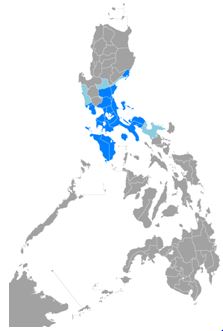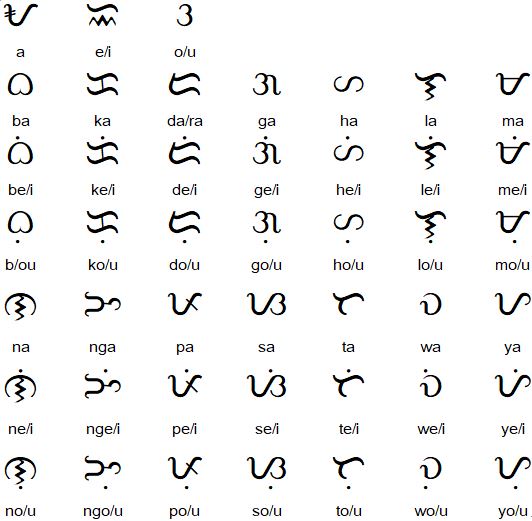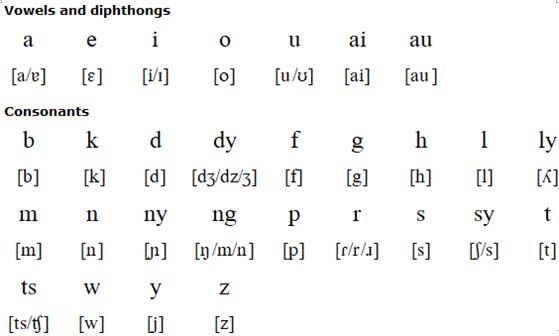Tagalog Translation

Target Language Translation Services specializes in translating your content into Tagalog in a manner that is not only accurate, but culturally sound. We do not create literal translation, but adapt your text into a specific market so that it reads naturally to a native speaker.
Working with Target Language Translation Services will give you access to thousands of certified linguists who have years of translation and localization experience, as well as our intuitive platform and embedded quality tools at affordable rates.

Predominantly Tagalog-speaking regions in the Philippines.
About Tagalog
Tagalog is a Philippine language spoken in the Philippines, particularly in Manila, central and southern parts of Luzon, and also on the islands of Lubang, Marinduque, and the northern and eastern parts of Mindoro. Tagalog speakers can also be found in many other countries, including Canada, Guam, Midway Islands, Saudi Arabia, the UAE, UK and USA.
According to the 2010 census, there are about 22.5 million speakers of Tagalog in the Philippines [source]. According to survey conducted by the US Census Bureau, there were about 1.6 million Tagalog speakers in the USA in 2013.
The name Tagalog derives from tagá-ílog, which means "resident beside the river". Little is known of the history of the language before the arrival of the Spanish in the Philippines during the 16th century as no eariler written materials have been found.
The national language of the Philippines in known as Filipino (Wikang Filipino). It is a standard register of Tagalog, and is defined by the Commission on the Filipino Language (Komisyon sa Wikang Filipino) as "the native language, spoken and written, in Metro Manila, the National Capital Region, and in other urban centers of the archipelago." [source]. Filipino is also influenced by other Philippine languages.
Written Tagalog
Tagalog used to be written with the Baybayin alphabet, which probably developed from the Kawi script of Java, Bali and Sumatra, which in turn descended from the Pallava script, one of the southern Indian scripts derived from Brahmi. Today the Baybayin alphabet is used mainly for decorative purposes and the Latin alphabet is used to write to Tagalog.
The earliest known book in Tagalog is the Doctrina Cristiana (Christian Doctrine) which was published in 1593. It was written in Spanish and Tagalog, with the Tagalog text in both Baybayin and the Latin alphabet.
Notable features
• Type of writing system: syllabic alphabet in which each consonant has an inherent vowel /a/. Other vowels are indicated either by separate letters, or by dots - a dot over a consonant changes the vowels to an /i/ or and /e/, while a dot under a consonant changes the vowel to /o/ or /u/.
• The inherent vowel is muted by adding a + sign beneath a consonant. This innovation was introduced by the Spanish.
• Direction of writing: left to right in horizontal lines.
The Baybayin alphabet

Latin alphabet for Tagalog
A a B b K k D d Ee Gg Hh
a ba ka da e ga ha
I i L l Mm Nn Ng ng Oo Pp
i la ma na nga o pa
R r S s T t Uu Ww Yy
ra sa ta u wa ya
Pronunciation

Notes
• a is pronounced [ɐ] in unstressed positions, and sometimes in stressed positions
• e is sometimes pronounced [i ~ ɪ ~ e], or [ai]
• Unstressed i is usually pronounced [ɪ]. In final syllables i can be pronounced [ɪ ~ i ~ e ~ ɛ]. When i comes before consonant cluster beginning with s, such as st, it is not pronounced. E.g. istasyon [staˈʃon]
• o is sometimes pronounced [u ~ ʊ ~ ɔ]. Before mb and mp it is pronounced [u]
• u is pronounced [ʊ] in unstressed positions
• k tend to be pronounced [kx] at the beginning of words. Between vowels it is often pronounced [x]
• g tends to be pronounced [ɰ] between vowels.
• h is often not pronounced in rapid speed
• ng is pronounced [m] before b and p, and [n] before d,t, s and l
Tagalog word Borrowed from
kabayo Spanish caballo ‘horse’
Kumusta? Spanish ¿Como está? ‘How are you?’
libró Spanish libro ‘book’
nars English nurse
drayber English driver
saráp Malay sedap ‘delicious’
balità Sanskrit berita ‘news’
bundók Kapampangan bunduk ‘mountain
Below are a few basic words and sentences in Tagalog.
Hello! Kamusta, hoy, helo
Good day! Magandang araw
Goodbye! Paalam
Thank you Salamat
Please Paki
Yes Oo, opo
No Hindi
Man Lalake
Woman Babae
How much does a translation into Tagalog cost?
The standard rate for translations from English into Tagalog is $ 0.14. For urgent jobs that need several linguists working simultaneously, we will apply a surcharge.
Just contact us to get more information and a no-obligation quote. Our project managers can be reached via telephone, email, or the form. We look forward to serving you.
For more information about Tagalog translation,
call us or add wechat today at +86-13616034782
or send us an email to:info@target-trans.com